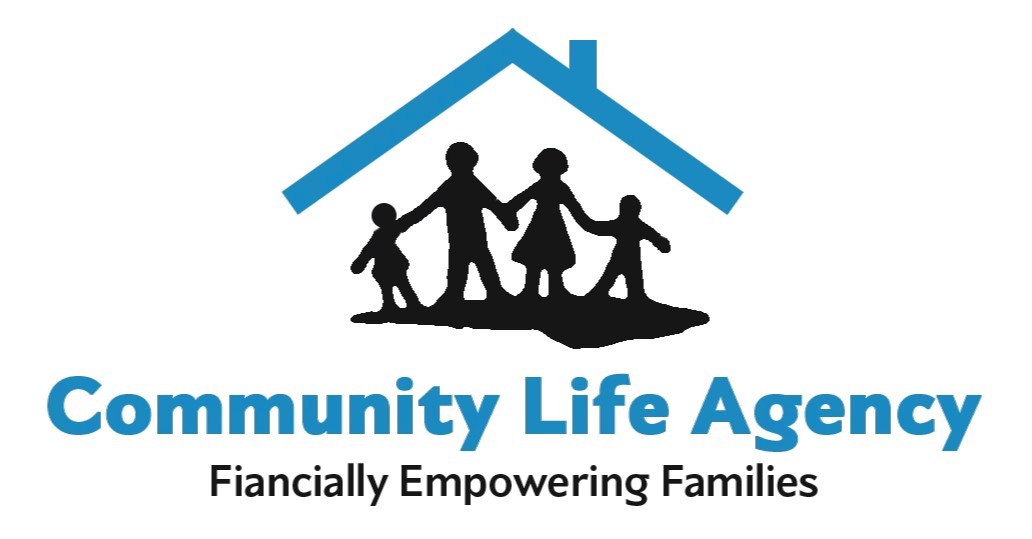Life Insurance Overview: Life insurance is an important financial tool that can provide peace of mind and financial security for you and your loved ones. In this blog post, we'll explore what life insurance is, why it's important, and the different types of life insurance available. What is life insurance? Life insurance is a contract […]
The Role of Critical Illness Insurance in Protecting Savings!

The Role of Critical Illness Insurance in Protecting Savings!
A serious health event like cancer, a heart attack, or a stroke can shake both life and money. Even with good health insurance, there are extra costs and lost time. Critical illness insurance can be the cash shield that keeps your savings intact.
What is it?
Critical illness insurance gives a lump sum payment if you are diagnosed with a covered condition. The funds go directly to you, not to a hospital, allowing you to decide how to use them.
Why may health insurance not be enough?
Your plan handles doctors and hospitals, but you may still face deductibles, coinsurance, travel for treatment, child care, a spouse taking unpaid time off, or a higher grocery and utility bill while you recover. A lump sum gives breathing room.
How does the lump sum help?
Think of three buckets:
- Medical gap — Deductibles, copays and meds.
- Life costs — Mortgage or rent, child care, gas and food.
- Recovery extras — Travel to a specialist, home changes or a second opinion. Cover these without dipping into your emergency fund or retirement.
Picking a policy
Review the conditions covered, payout amount, any waiting or survival periods, and whether the plan provides coverage if the illness returns. Ensure the benefit size aligns with your actual costs, aiming to cover your yearly out-of-pocket limit and a few months of living expenses.
Fit it into your plan
If you already have health insurance and life insurance, critical illness sits in the middle. It is not a replacement for either one. It’s a focused tool for the worst health days, helping you protect the savings you worked hard to build.
Simple next steps
List your monthly bills, add your plan’s out‑of‑pocket maximum and set a target lump‑sum amount. Choose a policy that is clear, affordable and easy to claim.
Serious illness brings stress. Your money plan does not have to carry it all. Critical illness insurance provides fast, flexible cash, allowing you to focus on care, maintain your household stability and save for the future you've planned.
Contact Us To Know More
Long-Term Care vs Health Insurance—Know the Difference!
Many people believe health insurance and long-term care insurance offer the same type of support. In reality, they serve two very different needs. Understanding the difference helps you plan ahead and protect your family from large unexpected expenses. As people live longer, the need for long-term care planning continues to rise in the United States. […]
How to Spot Early Signs of Eye Fatigue (and Fix Them)!
Eye fatigue has become very common as more people spend long hours on screens for work, study and entertainment. Tired eyes can affect your focus, work quality and even your mood. Many people ignore early signs until the discomfort becomes difficult to manage. The good news is that noticing symptoms early and taking simple steps […]
